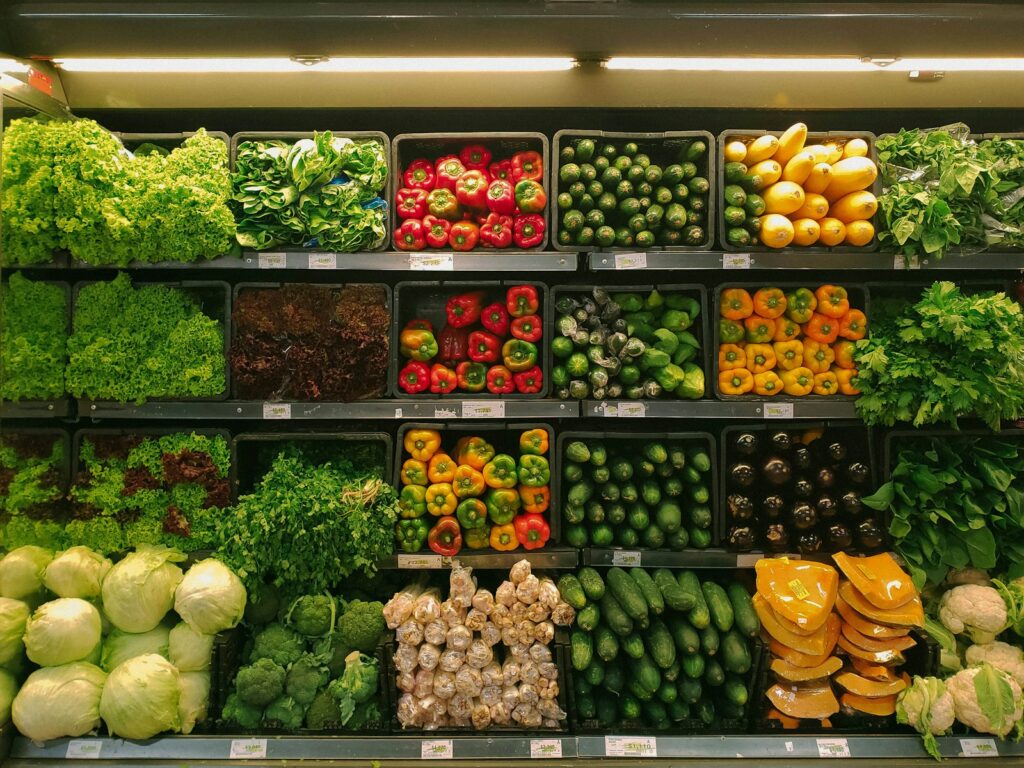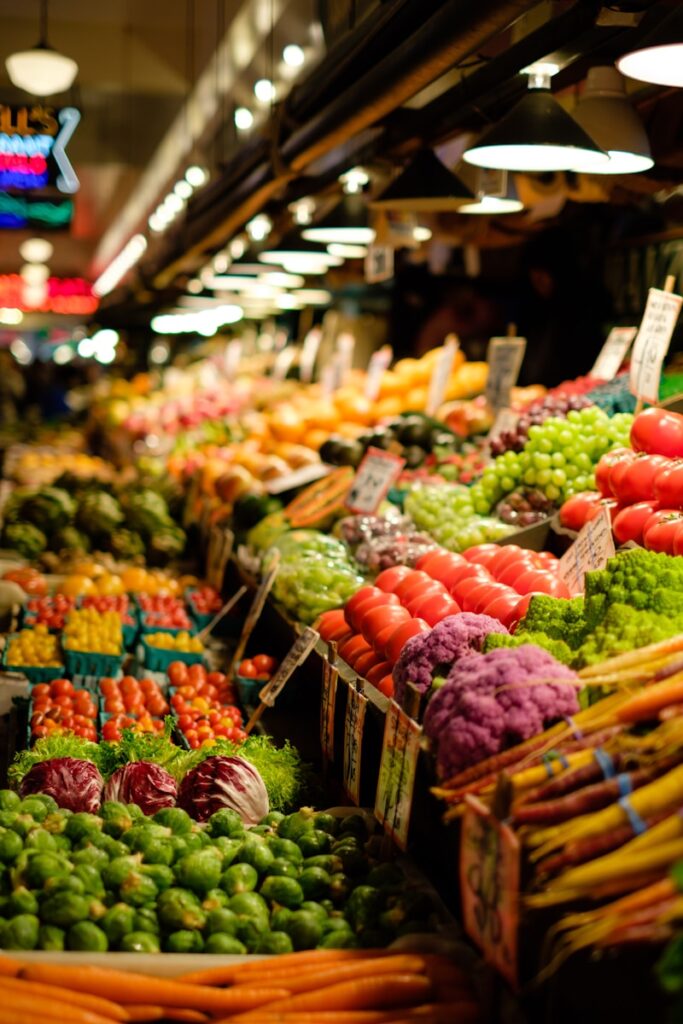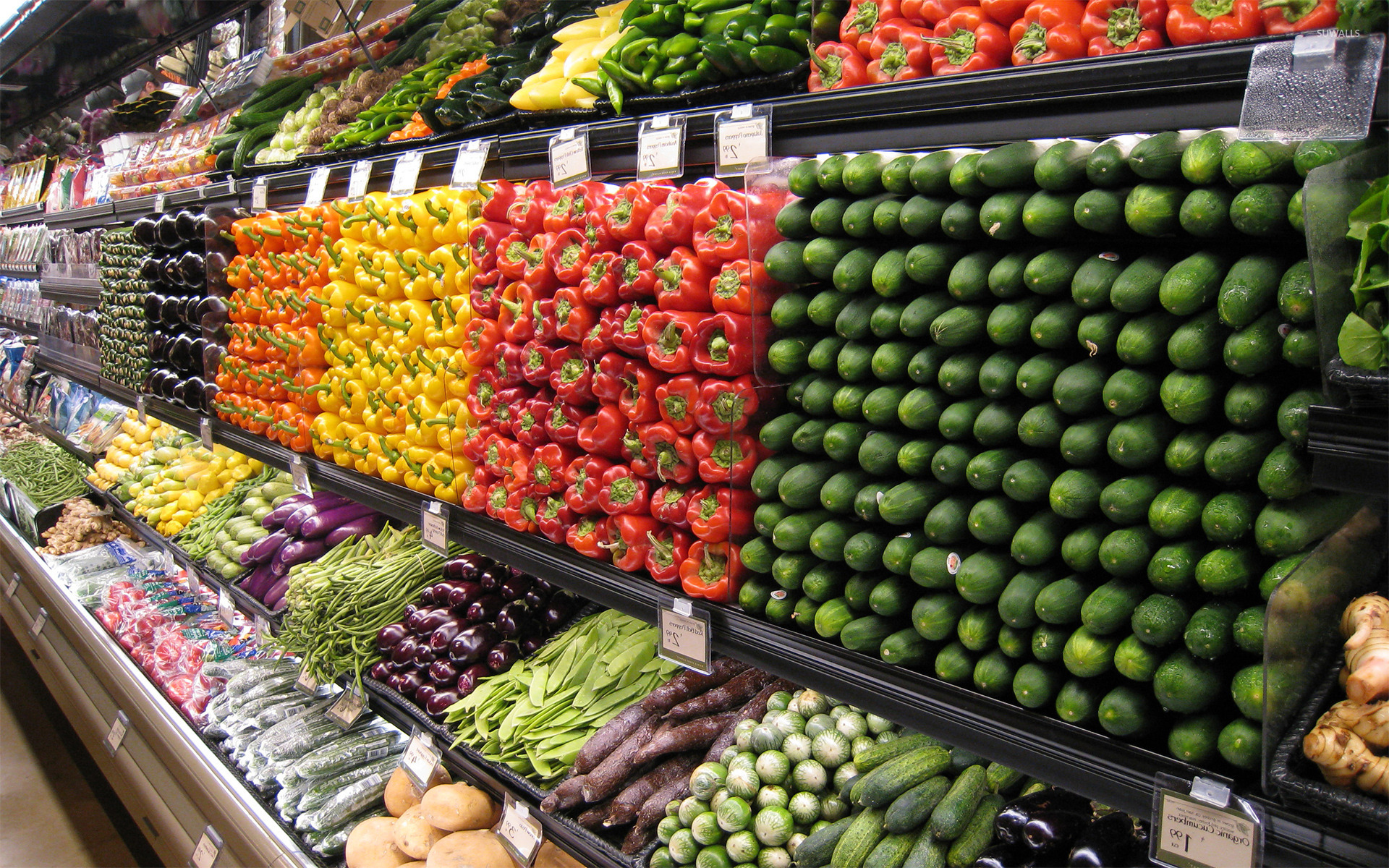
The familiar ring of a grocery scanner often comes with a pang of frustration for many households across America. Week after week, the numbers on the receipt seem to defy the broader economic narrative. While official reports suggest that overall inflation has begun to moderate, offering some relief in other sectors, the cost of feeding a family continues its relentless climb, making the essential act of grocery shopping a significant financial burden.
This ongoing dilemma introduces us to the concept of “sticky inflation,” a term economists use to describe prices and wages that are notably resistant to downward adjustments. Unlike the volatile fluctuations seen in gas prices or even some commodities, the cost of staples in our grocery carts seems to have found a new, elevated baseline. Understanding this persistence requires a deep dive into the complex web of factors that shape our food economy, from the farm gate to the supermarket aisle.
In this in-depth exploration, we will unravel the intricate layers contributing to these stubbornly high grocery bills. We’ll examine the economic forces at play, the strategic decisions made by businesses along the supply chain, and the broader societal implications of an era where basic sustenance commands an ever-larger share of household budgets. It’s a story not just of numbers, but of daily realities for millions of Americans.
1. **The Stubborn Reality of Food Inflation**
The headlines often trumpet signs of slowing inflation, and indeed, for many categories, prices are not rising as rapidly as they once were. The overall inflation rate, encompassing all items, settled around 2.4% for the year ending March 2025, a noticeable moderation from previous peaks. Gas prices have seen dips, and even used cars have become more affordable, offering glimpses of economic rebalancing. Yet, food remains a glaring exception in this narrative of moderation.
Data from the Bureau of Labor Statistics reveals a stark contrast. Food prices specifically jumped 3.0% in the year ending March 2025, an uptick from 2.6% the preceding month. While these figures are mercifully below the double-digit rates that sent shockwaves through household budgets in 2022, they still represent a tangible increase that resonates acutely with consumers every time they shop. This persistent upward trajectory affects both dining out, where prices climbed 3.8%, and the fundamental act of cooking at home, which saw a 2.4% increase.
The frustration articulated by countless shoppers reflects this divergence. They observe other prices showing relief or stabilization, only to confront grocery receipts that seem to defy gravity. This feeling of being financially squeezed by necessities, even as the broader economic picture appears to improve, forms the bedrock of our current understanding of food price dynamics and serves as a critical starting point for analyzing why your food bill remains so stubbornly high.
Read more about: Your Ultimate Roadside Arsenal: 15 Practical Tools Every Driver Needs for Emergencies
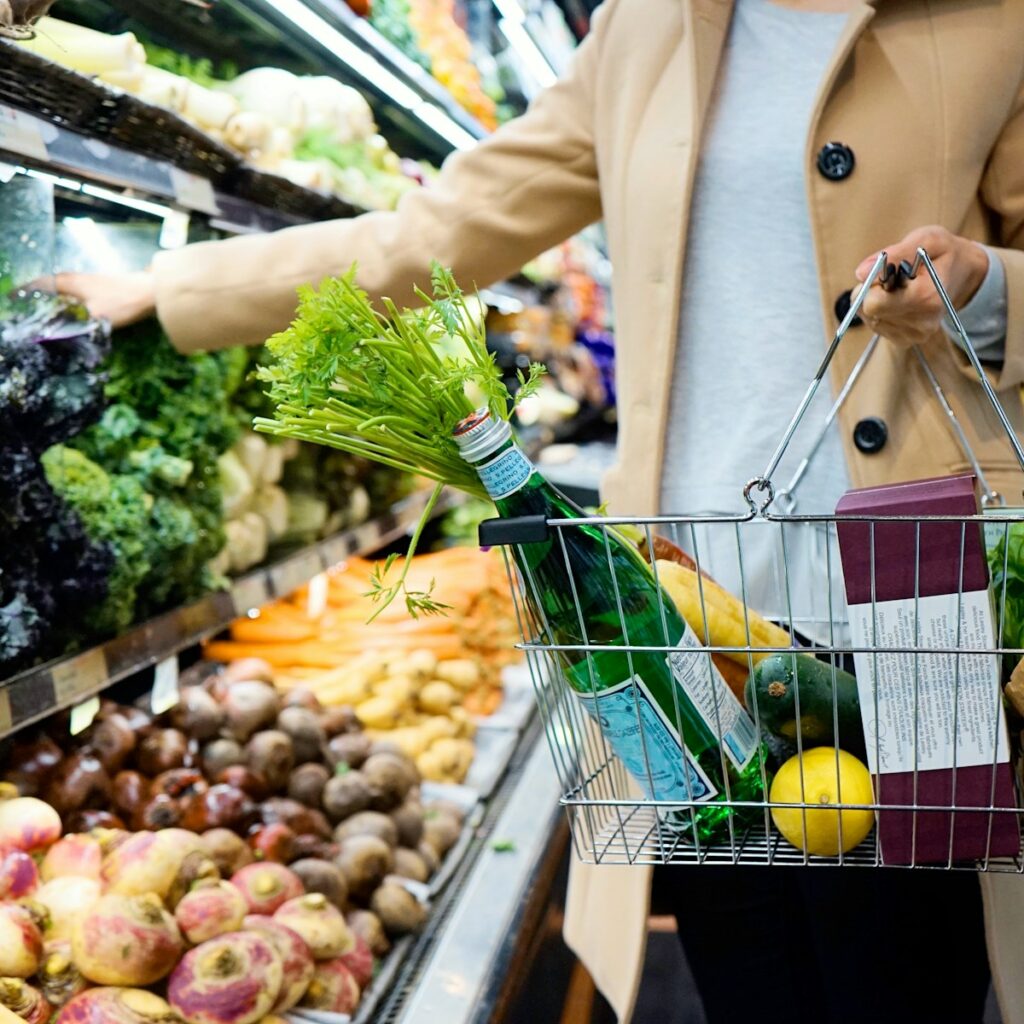
2. **The Journey from Farm to Fork: Deconstructing the Food Dollar**
A common misconception is that the high prices consumers pay at the checkout directly translate into lavish profits for the farmers who cultivate our food. However, a closer look at the economics of the food supply chain quickly dispels this notion. The farmer, the very first link in this extensive chain, receives a surprisingly small fraction of the money consumers spend on their products, underscoring the vast infrastructure and numerous intermediaries involved.
According to the latest USDA Food Dollar Series, a mere 15 cents of every dollar spent on food ultimately makes its way back to the farm. This statistic highlights that the vast majority of the consumer’s food dollar is absorbed by costs incurred *after* the raw ingredients leave the farm. This includes a complex array of activities: processing the raw materials into marketable products, designing and manufacturing packaging, the intricate logistics of transporting food across vast distances, and the considerable expenditures on marketing and advertising campaigns.
Beyond these operational costs, the journey from farm to fork also involves substantial labor expenses. Wages must be paid to factory workers who transform ingredients, to truck drivers who ensure timely delivery, and to the retail staff who stock shelves and assist customers. Furthermore, the modern food system relies heavily on energy for refrigeration, freezing, and cooking, all of which contribute to the final price. Recent years have only amplified these pressures, with global disruptions like the COVID-19 pandemic creating unprecedented demand shifts and fracturing supply chains, while geopolitical events such as Russia’s invasion of Ukraine dramatically elevated grain prices, feeding into increased costs for everything from bread to livestock feed.
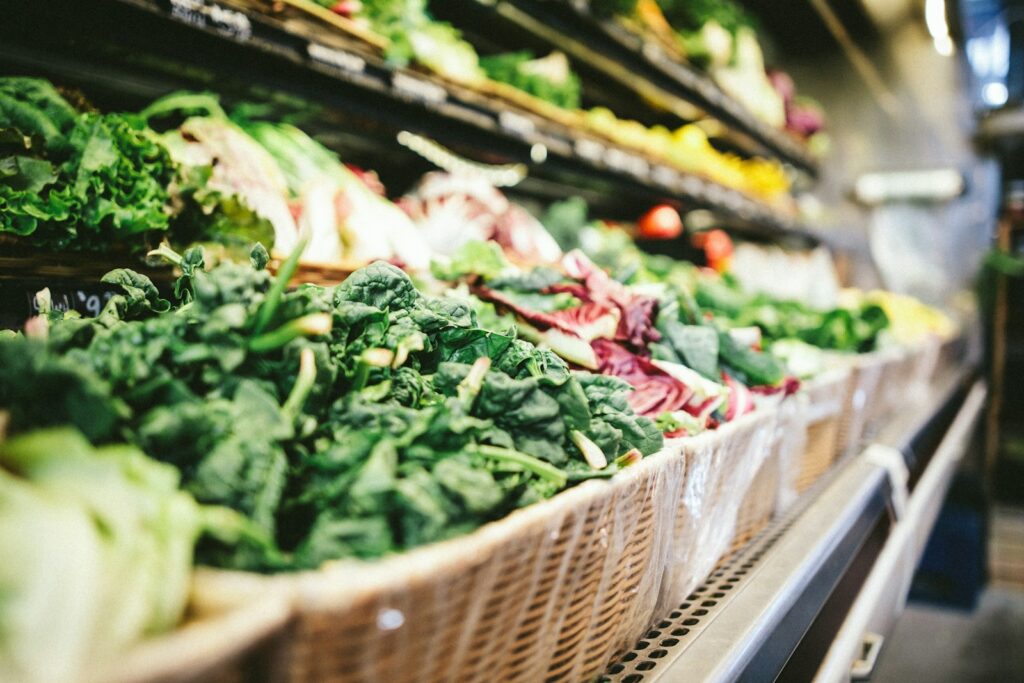
3. **The Multiplier Effect: Understanding Cost Pass-Through**
The sheer number of steps and stakeholders involved in bringing food from its origin to your plate introduces a powerful economic phenomenon known as cost pass-through. This concept helps explain why even modest increases in initial costs can ripple through the entire supply chain, often amplifying along the way, before they ultimately land on the consumer’s bill. Each participant in the chain, acting as a rational economic actor, aims to protect its own financial health.
Consider a food manufacturer grappling with rising input costs. If the cost to produce a case of cereal jumps by 20% due to more expensive ingredients, energy, or labor, from $10 to $12, the manufacturer rarely absorbs this entirely. Instead, they will almost certainly adjust their selling price to maintain their established profit margin. If they previously sold the case for $18, aiming for an 80% markup, they are likely to raise the price not just by the $2 increase in cost, but to $21.60, thus preserving their percentage margin.
This elevated price then becomes the new cost for the wholesaler, who, in turn, performs a similar calculation. They add their own markup to this higher base, passing the amplified cost along to the retailer. Finally, the grocery store receives the product at this increased price and adds its own profit margin before placing it on the shelf. This cascading effect means that an initial cost increase at the manufacturing level can be multiplied several times over, creating a cumulative impact that significantly inflates the final retail price, even after the original input costs may have moderated.
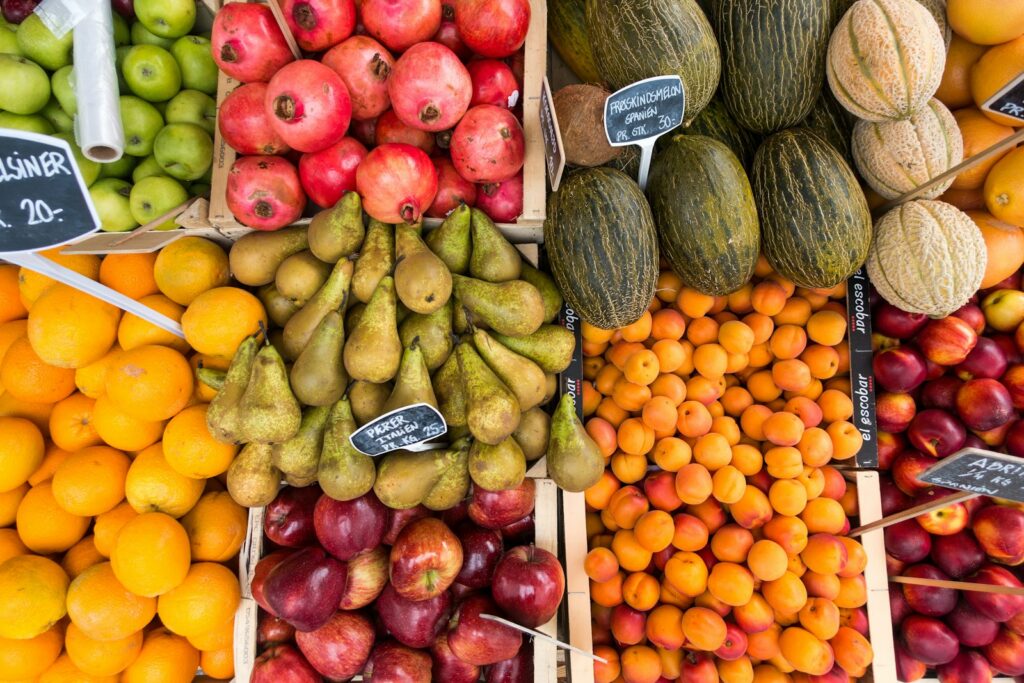
4. **Why Prices Defy Gravity: The Phenomenon of Downward Stickiness**
One of the most frustrating aspects for consumers experiencing high food prices is their remarkable resistance to coming back down, even when some underlying costs ease. This phenomenon, known as “sticky prices” (or “downward stickiness”), is a critical component of understanding persistent inflation. While prices readily ascend when expenses rise, they exhibit a strong inertia against reductions. Businesses simply find it difficult, and often unprofitable, to reverse price hikes.
The reasons for this downward stickiness are multifaceted. Key embedded costs, such as wages, are notoriously resistant to reduction. Companies are generally unwilling to cut employee pay, as it can damage morale, lead to skilled labor loss, and complicate future hiring. Similarly, rent obligations, long-term contracts for energy, or investments in infrastructure typically do not decrease significantly, cementing these higher operating costs into the fundamental pricing structure of goods. Once these elements are “baked in,” they form a new baseline that is hard to dislodge.
This is why the easing of inflation often means that prices are simply rising *less rapidly*, rather than falling outright. Genuine deflation—a broad decrease in prices—is a rare economic event, typically associated with severe economic downturns, far from the current scenario. While specific items like eggs might show dramatic, albeit temporary, price fluctuations due to sudden supply shocks (e.g., avian flu outbreaks causing a 50% jump in early 2025, followed by moderation), for the vast majority of food categories, the current elevated price level has solidified into a new normal, rather than a temporary peak awaiting a swift return to previous lows.
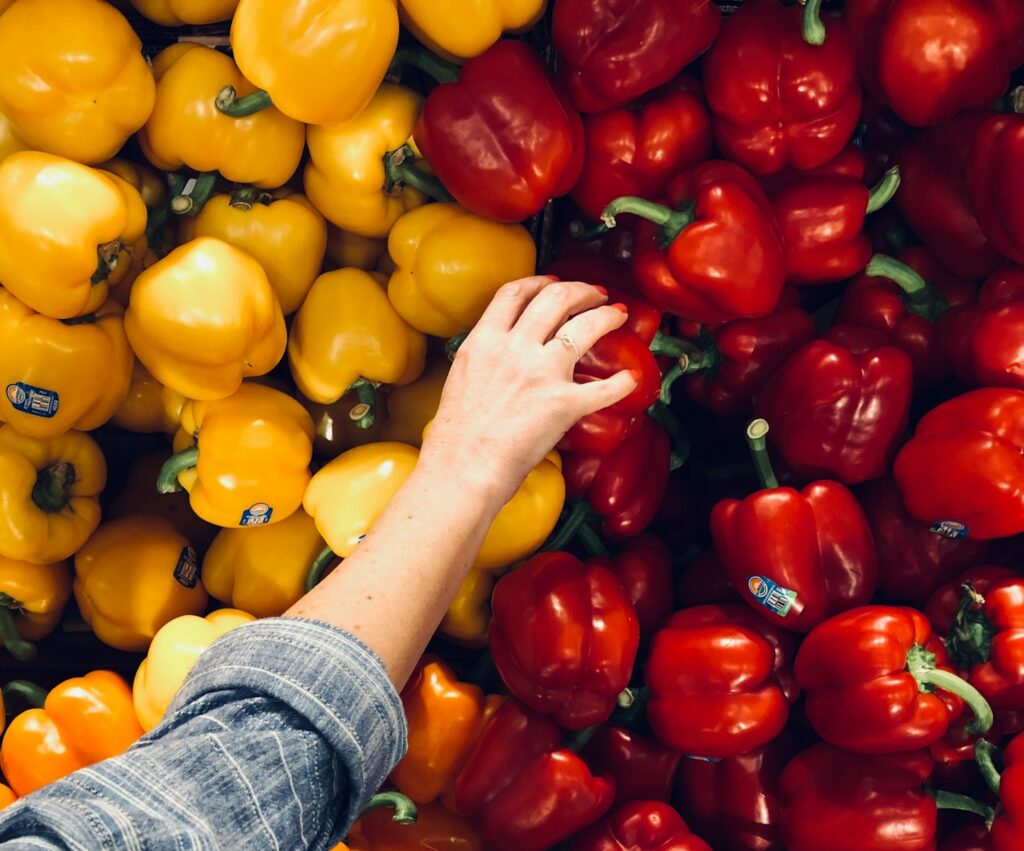
5. **The Profiteering Paradox: Costs, Margins, or Both?**
The debate over whether current high food prices are solely a function of increased costs or also involve an element of corporate “profiteering” is one of the most contentious aspects of the inflation discussion. While undeniable cost pressures have affected the food industry, a significant question remains: are companies using the inflationary environment as an opportunity to expand profit margins beyond what genuine cost increases would justify? This line of inquiry raises valid concerns about market ethics and fairness.
Advocates of the “profiteering” argument often highlight the essential nature of food. Retailers know that consumers cannot simply stop buying groceries, affording them a degree of pricing power. Research has lent some weight to this perspective; for instance, a widely discussed 2023 report from the Roosevelt Institute suggested that corporate profits contributed a substantially larger share to inflation in the post-pandemic period—reportedly over 40%—compared to historical averages of around 11% over the prior four decades. This analysis, while focused on a specific timeframe, fueled the narrative that companies seized the moment.
Further stoking these concerns were comments from some executives during earnings calls, where they alluded to price increases implemented during inflation having “stickiness” and the potential to “drive margin enhancement” once cost pressures began to stabilize. These sentiments, suggesting that price hikes might outlast their cost justifications, certainly raised public and economic eyebrows. On the other hand, some economists push back, arguing that an examination of gross margin rates for major retailers like Walmart, Target, and Costco doesn’t reveal the kind of dramatic, sustained increases that would signal widespread, systemic gouging as the primary driver. They contend that documented supply shocks and cost pass-through sufficiently explain the elevated prices. The likely reality is a complex interplay: genuine cost pressures provided the initial impetus, but in an environment of strong demand and reduced competition, some powerful companies likely capitalized on the opportunity to push pricing harder than strictly necessary.
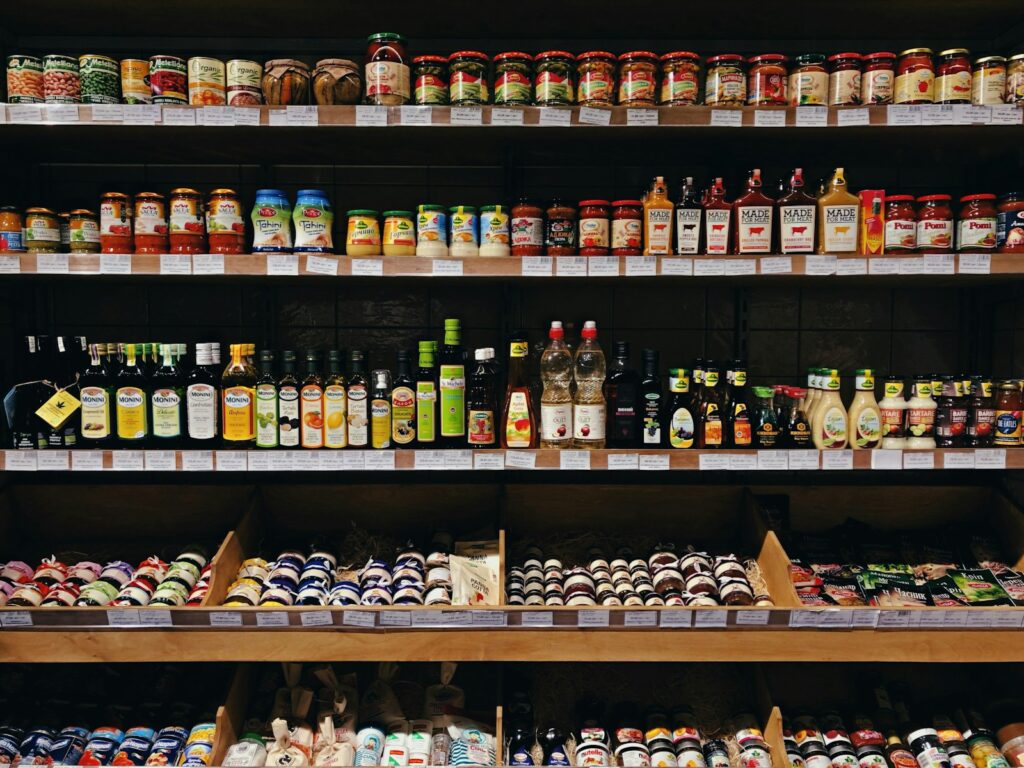
6. **Market Concentration: When Fewer Players Mean Higher Prices**
Beyond the direct impact of rising costs and potential profit-taking, the structure of the food industry itself plays a significant, often underappreciated, role in sustaining high prices. The phenomenon of market concentration, where fewer and larger companies dominate various segments of the supply chain, can profoundly influence pricing dynamics by limiting genuine competition. This consolidation creates an environment where consumer choices narrow and the power shifts toward the producers and retailers.
This issue extends across the entire food ecosystem, from the very beginning of production to the point of sale. For instance, just a handful of powerful corporations control substantial shares of essential agricultural inputs, such as seed production. Similarly, a small number of dominant players often control large portions of meat processing. By the time products reach consumers, most metropolitan areas feature only a few major grocery chains competing for shoppers’ dollars, further illustrating this concentrated market power.
In such an environment, the absence of robust competition can lead to what economists refer to as tacit collusion. While not involving explicit, illegal agreements, companies can observe each other’s pricing strategies and adjust their own accordingly. If major competitors are not actively lowering prices, there is less competitive pressure for others to do so, effectively allowing elevated price levels to persist without significant downward correction. This dynamic means that even when cost pressures ease, the incentive to engage in aggressive price competition to win over consumers is diminished, contributing significantly to the stubborn persistence of high grocery bills.
Navigating the aisles of your local grocery store can feel like a solo mission against rising costs, but the forces at play extend far beyond individual shopping choices. As we continue our deep dive into the stubbornly high grocery bill, it becomes clear that the issue isn’t just about economic mechanics; it’s deeply intertwined with societal structures, global policies, and even the changing climate. This section expands our perspective, examining the broader socio-economic and political dimensions that shape the price tags we see. We’ll explore who bears the heaviest burden of these costs, how consumers are adapting, and what policy solutions are being discussed to address this pervasive challenge.
7. **The Disproportionate Burden on Lower-Income Households**
While the financial strain of higher grocery bills is a concern for nearly everyone, its impact is far from uniform across the economic spectrum. Moving beyond the pure economics of supply and demand, we must confront the social dimension of food inflation: it disproportionately burdens those with the least financial flexibility, creating a stark divide in how households experience this economic pressure.
The statistics paint a sobering picture of this disparity. For households in the lowest income quintile, food consumed a staggering 31% of their after-tax income in 2023. Contrast this with the highest-earning households, who allocated approximately 8% of their income to food during the same period. This vast difference highlights that while higher-income earners might adjust their discretionary spending, lower-income families often have no such buffer; they are left with little room after covering basic necessities.
This financial squeeze on household budgets manifests in tangible ways. Reports suggest that many families are increasingly drawing on their savings or relying on credit cards to cover essential grocery purchases, often carrying balances as a result. This pattern is a clear indicator of significant financial strain, revealing that for a substantial portion of the population, the act of feeding a family is becoming a precarious balancing act, pushing many to the brink of deeper financial insecurity.
Read more about: Remote Work’s Transformative Power: Reshaping Small Town Economies Across America

8. **Strategies Consumers Are Employing to Cope**
Consumers are not passive recipients of rising prices; they are actively engaged in a constant battle to make their budgets stretch further. The frustration with consistently high grocery bills has spurred a wave of adaptive behaviors, as individuals and families employ a variety of strategies to mitigate the impact on their wallets.
According to a March 2025 report from the Food Industry Association (FMI), a remarkable 77% of shoppers feel they are actively managing their grocery expenses. This active management takes many forms: people are switching from familiar name brands to more affordable store brands or generic alternatives, and they are increasingly selective about what they purchase, prioritizing essentials over discretionary items. Many are also shopping at multiple stores to cherry-pick the best deals or opting for conventional eggs over pricier cage-free options.
While these strategies can certainly help individual households save money, their ability to influence overall price levels across the market is limited. Demand for staple items like eggs, milk, and bread tends to remain relatively stable, even when prices increase significantly, simply because people still need basic sustenance. Therefore, while consumers are exercising agency within their means, the broader economic levers that dictate pricing remain largely outside their direct control.
It brings to mind the wise words of personal finance expert Dave Ramsey: “You must gain control over your money, or the lack of it will forever control you.” This sentiment resonates deeply with the current consumer struggle, where every dollar spent on groceries feels meticulously scrutinized, reflecting a genuine effort to assert financial control in a challenging economic landscape.
Read more about: Unlocking Affordable Medications: A Comprehensive Guide to State-Specific Programs for Lowering Prescription Drug Costs
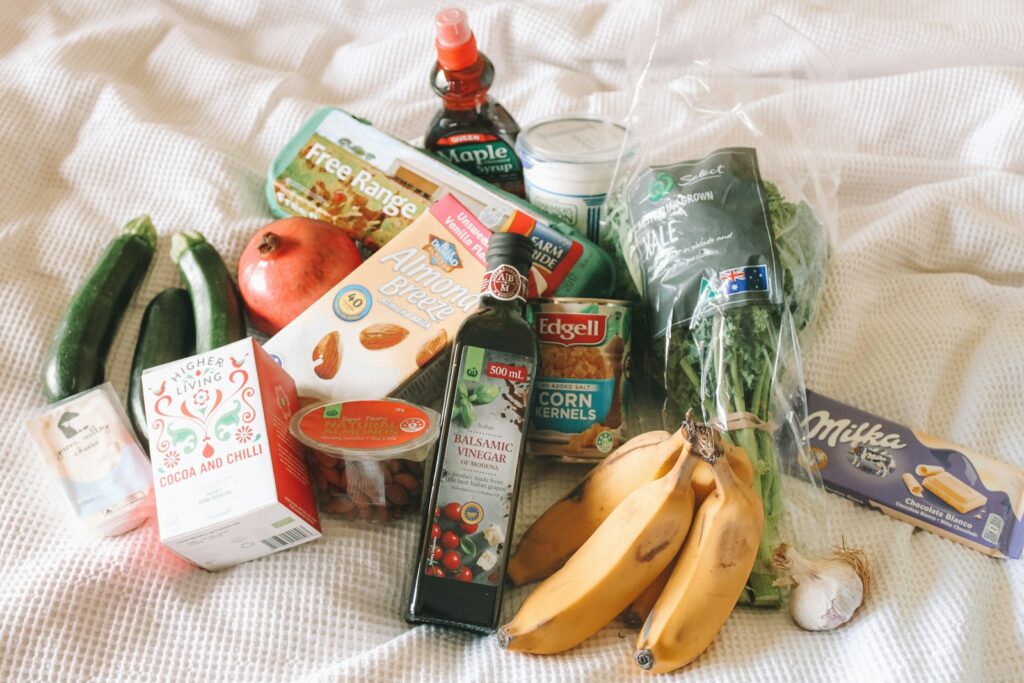
9. **Policy Levers and Political Factors**
Given that food prices demonstrate a stubborn resistance to significant downward adjustments on their own, the discussion inevitably turns to potential policy responses. A range of ideas are currently under consideration, reflecting different approaches to addressing the complex issue of persistent food inflation, spanning from direct consumer support to structural market reforms.
Some proposed policies focus squarely on the supply side of the equation. These measures include initiatives aimed at ensuring an adequate labor supply for agriculture, potentially through expanded guest worker programs, and maintaining robust, efficient cross-border trade agreements for imported foods. Such policies seek to ease the cost of production and ensure a steady flow of goods into the market.
Other proposals are designed to target household budgets more directly, offering a crucial lifeline to those most affected. Strengthening nutritional assistance programs, such as SNAP (Supplemental Nutrition Assistance Program), is a frequently discussed avenue. This approach aims to help individuals and families afford higher-priced food, especially important after the expiration of many pandemic-related expansions that offered temporary relief.
Furthermore, there is a strong push from a competition perspective. This includes efforts to empower workers by increasing wages through unionization, which could improve affordability for families. Addressing market concentration and launching investigations into potential anti-competitive practices or “profiteering” are also integral parts of this discussion, with regulatory bodies like the FTC and Department of Justice examining pricing behaviors. It is worth noting that while state-level prohibitions against price gouging exist, a federal ban does not. Some economists also suggest that higher corporate taxes could disincentivize excessive price increases by reducing net profit gains.
Realistically, there are no simple solutions. Many economists express skepticism about the extent to which government policy can effectively influence volatile global commodity prices or untangle the intricate complexities of international supply chains. The world has experienced a significant inflationary cycle, and the process of adjustment is inherently protracted. Moreover, political factors introduce additional layers of uncertainty. Discussions around potential new, broad tariffs, for instance, could lead to higher costs for imported goods, including food. Similarly, significant changes to immigration policy could disrupt the agricultural labor force, potentially increasing production costs. These ongoing policy debates and political uncertainties have tangible consequences for the prices that consumers ultimately pay at the checkout.
Read more about: Powering the Future: A Deep Dive into the Evolving Landscape of Gas Stations and Mobility Hubs
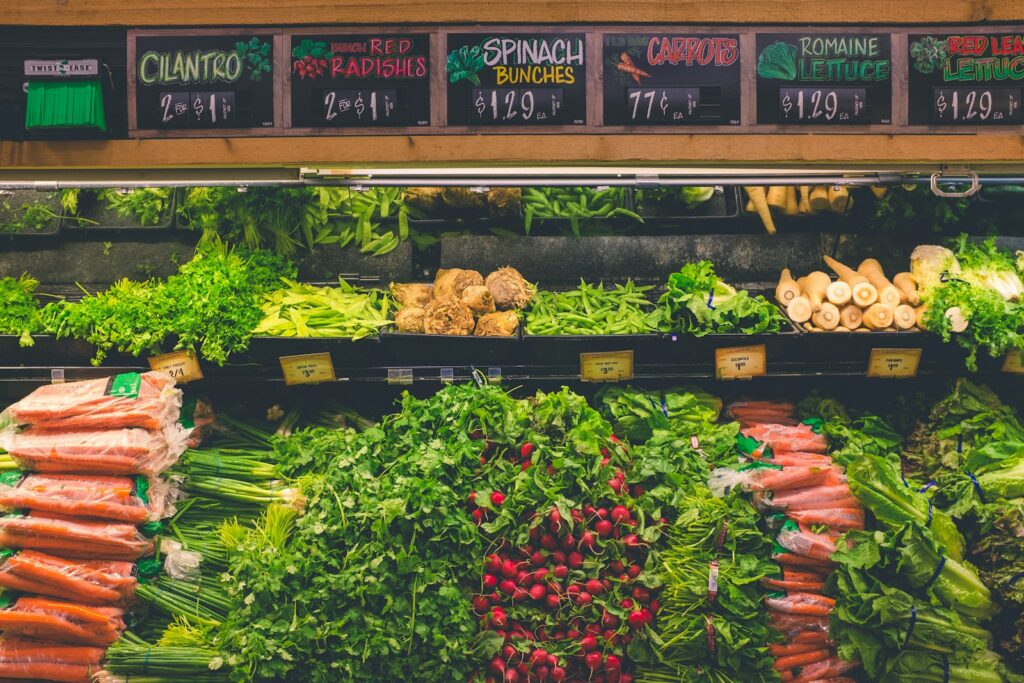
10. **The Role of Tariffs and Trade Policies**
Beyond the intrinsic costs of production and distribution, an often-overlooked yet potent factor influencing grocery bills is the realm of tariffs and international trade policies. These governmental levies on imported goods can directly translate into higher prices for consumers, creating an artificial increase in costs that has little to do with market efficiency or underlying value.
The mechanism is quite straightforward: when tariffs are imposed, companies importing goods face increased costs. As rational economic actors aiming to protect their profit margins, businesses then pass these additional burdens along to consumers. Phil Lempert, a respected food industry analyst, observed that some companies began raising prices on products even before tariffs were fully implemented, proactively hedging against anticipated losses. He highlighted that many large food companies are public entities, accountable to shareholders for profit margins, driving this pre-emptive pricing behavior.
Concrete examples of this impact are evident in specific product categories. The United States imports a significant portion of its coffee, with approximately 35% sourced from Brazil. When exports from Brazil face a substantial 50% tax rate, as has been seen, the effect on retail prices is palpable. The latest Consumer Price Index data underscored this, reporting that coffee prices jumped by 21% in August compared to the previous year, a direct consequence of such levies. These tariffs do not just affect exotic imports; they permeate the market, contributing to overall grocery inflation by increasing the cost of various imported products.
Economists sometimes refer to the ‘menu costs’ associated with changing prices, reflecting the administrative effort and potential consumer reaction involved. Companies often wait for clarity on policy changes before adjusting prices. However, with inventories purchased early in anticipation of tariffs now running down, and the August 7th deadline having passed with tariffs largely in effect, companies are gaining more certainty. Consequently, the expectation is that prices of imported products will continue to increase through the rest of the year, further contributing to the upward pressure on your grocery bill.
Read more about: Navigating the Electric Shift: Why Key Car Brands Are Struggling in the EV Race and What it Means for Buyers

11. **The Impact of Climate Change and Labor Shortages**
Beyond policy debates and corporate strategies, two fundamental external forces are profoundly reshaping the agricultural landscape and, by extension, the prices of our food: climate change and labor shortages. These are not transient market fluctuations but rather systemic challenges that demand long-term consideration and significantly contribute to the enduring elevation of grocery costs.
Climate change, with its increasing temperatures and unpredictable weather patterns, has made traditional agricultural regions in the U.S. less hospitable for growing certain fruits and vegetables. This environmental shift means that, in many instances, domestic production has been compelled to relocate to regions in Central and Latin America, as noted by Phil Lempert. As he starkly put it, “We can’t grow our food where we used to grow it.” This geographical displacement introduces new transportation costs, logistical complexities, and potential vulnerabilities in the supply chain, all of which ultimately push retail prices higher.
Compounding the climate challenge is a persistent labor shortage in the agricultural sector. Mr. Trump’s immigration policies, including raids on workplaces that historically employed large numbers of immigrants, coupled with a waning interest among younger generations in agricultural work, have collectively led to an industry-wide scarcity of labor. This shortage directly impacts the ability of farms to harvest crops efficiently and cost-effectively, increasing the overall expense of production. When there are fewer hands available, wages often rise to attract workers, or production levels decline, both of which feed into higher consumer prices.
Together, these environmental and labor dynamics create a powerful upward pressure on food prices. The necessity of adapting to new growing regions and the struggle to secure sufficient agricultural labor both represent significant, embedded costs within the food supply chain. These are not costs that can easily be absorbed or mitigated by businesses; rather, they are structural shifts that fundamentally alter the economics of food production, leading to a sustained elevation in the prices consumers encounter at the grocery store.
Read more about: Manhattan Unveiled: A Comprehensive Journey Through the Heart of New York City’s Enduring Legacy
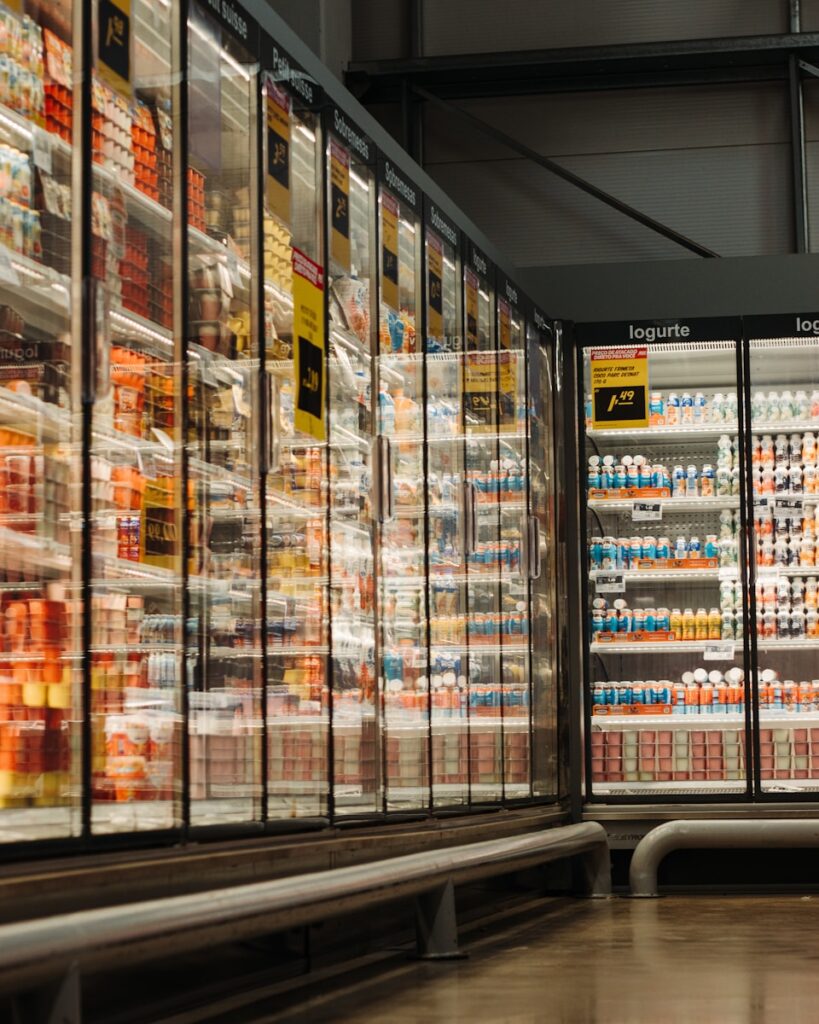
12. **The Subtle Yet Pervasive Effect of ‘Shrinkflation’**
Sometimes, the rising cost of your grocery bill isn’t immediately obvious, hidden beneath the surface of seemingly stable prices. This stealthy form of inflation is known as ‘shrinkflation,’ a phenomenon where packaged-goods companies subtly reduce the quantity or size of a product while maintaining or only slightly increasing its price. It’s a less confrontational way for businesses to pass on rising costs without triggering immediate consumer resistance.
Phil Lempert, the “Supermarket Guru,” explained this covert inflation strategy precisely: “What they’re doing is they’re trying to put less in the package, hoping that you and I are not gonna observe that and keep that price either stable or just slightly increased.” This tactic capitalizes on consumer habits, as shoppers often remember a product’s price point more readily than its net weight or volume, making the reduction in quantity less noticeable during a quick shopping trip.
The genius, and indeed the frustration, of shrinkflation lies in its psychological impact. By avoiding a direct price hike, companies circumvent the immediate sticker shock that might prompt consumers to switch brands or postpone a purchase. Instead, consumers find themselves receiving less value for their money over time, often without realizing it until they notice a package looks smaller or a product doesn’t last as long as it used to.
This pervasive, subtle erosion of value means that even when prices appear stable on the shelf, your purchasing power may still be diminishing. Shrinkflation acts as a constant, underlying current in the river of food inflation, quietly contributing to the feeling that your money simply isn’t going as far as it once did, making it an important, albeit often overlooked, element in understanding your stubbornly high grocery bill.
**Where Do We Go From Here? Navigating the New Normal**
As we conclude this comprehensive exploration, it’s evident that the era of exceptionally cheap food may well be behind us, at least for the foreseeable future. The forces driving higher grocery bills are a complex, interconnected web of economic realities, corporate strategies, socio-political dynamics, and environmental shifts, all resistant to simple fixes. The initial shocks of global events have matured into embedded costs and altered market behaviors, creating a new baseline for food prices.
Official forecasts reflect this reality, with the USDA anticipating food-at-home prices will rise by 3.3% in 2025. While this marks a significant improvement from the painful 11.4% increase seen in 2022, it nonetheless remains above the long-term historical average of 2.6%. Some economic models project food inflation might eventually ease back towards the 2% range in 2026 or 2027, but such predictions are inherently uncertain, susceptible to unforeseen shocks like geopolitical instability or agricultural disruptions.
It’s crucial to remember that “food inflation” isn’t a monolithic entity; price movements vary considerably by category. Understanding which items are currently driving increases—like eggs, beef, and sugar/sweets—allows for more targeted adjustments in personal shopping strategies. Your individual inflation experience is profoundly shaped by the specific contents of your shopping cart, emphasizing the power of informed choices.
Read more about: The ’90s Called, They Want Their Fashion Back: 12 Wild Trends We Loved (And Loved to Hate!)
While consumers have limited direct influence over global markets or corporate pricing, their collective behavior does send signals. When enough shoppers consciously shift brands, seek out discount retailers, or reduce purchases of specific items, businesses take note. This might not trigger dramatic across-the-board price reductions, but it can certainly influence retailer decisions and competitive positioning over time. Ultimately, grasping the full scope of this challenge requires a holistic view, acknowledging the interplay of global commodity markets, corporate strategies, farm-level economics, labor conditions, and governmental decisions. High food prices are a symptom of a complex system under stress, and navigating this new normal demands both informed understanding and adaptive resilience from every household.

